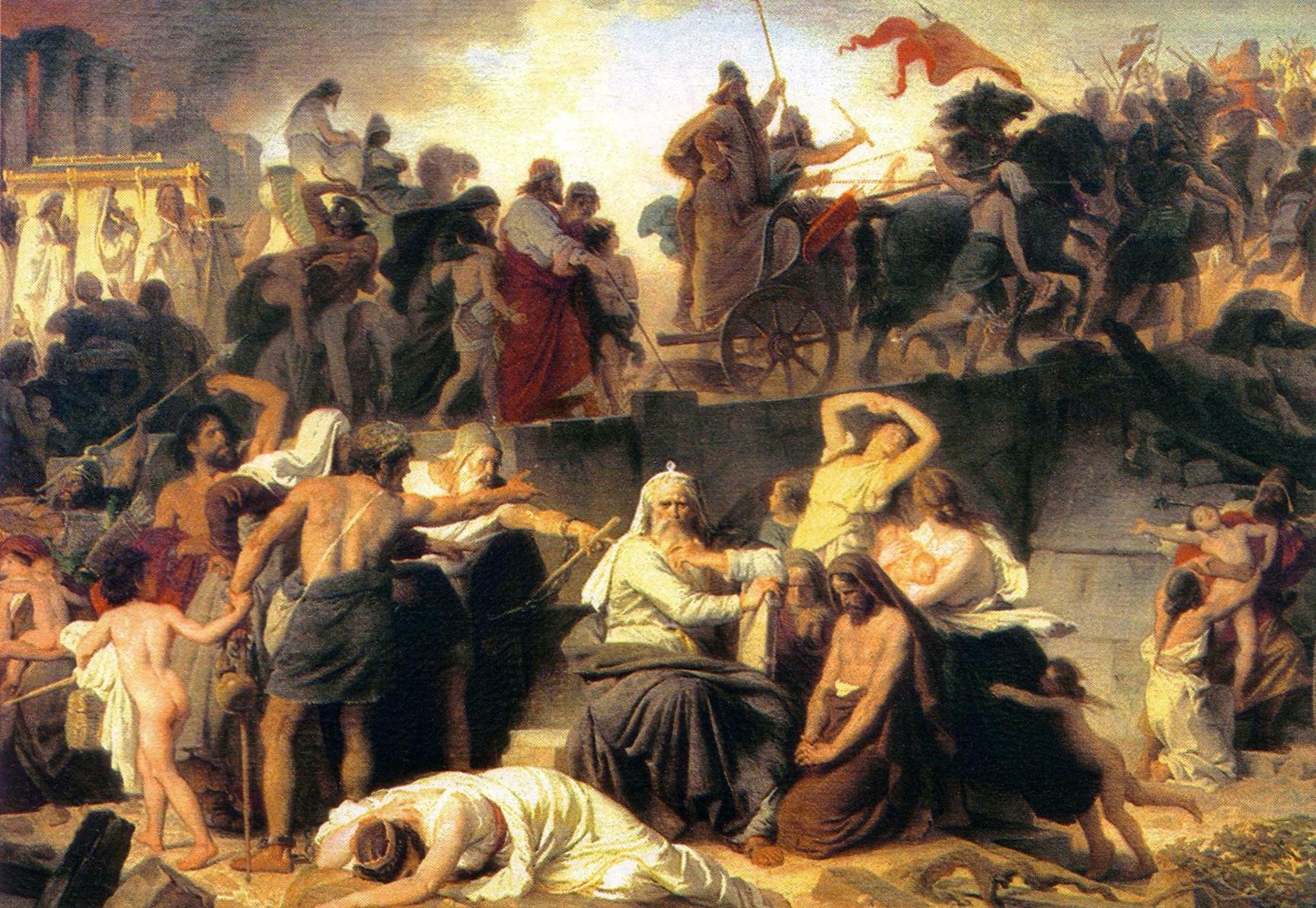Musing on the Gesimas
Here are a few thoughts from something that I wrote a long time ago…
On the Gesimas
In the traditional calendar there is always a mini-season called Pre-Lent in which we begin to wean ourselves from the many rich and excessive indulgences of this life in anticipation of the Lenten fast. This week of Septuagesima, symbolically translated as 70 days, was used to picture the 70 years of Babylonian captivity before the return to Jerusalem. The people longed to be raised up out of captivity even as we long for the day of our own resurrection from the captivity of our sinful world. This week’s Gospel speaks of the time in which we await the return of the One who has placed us in His Vineyard, the Church. The blood of the Son of God is the wage which has been paid for all men that all might share in the reward of eternal life. It is not the work that one has done, but what wage has been appointed for the reward of many workers.
What is the symbolism of Sexagesima which approximates 60 days? Two significant events call us to the mercy of God in this world of struggle. The statue of Nebuchadnezzar was sixty cubits high. Daniel refused to bow down to the statue, but remained faithful in the captivity and exile. God not only rescued Daniel, but he returned Israel to Jerusalem to rebuild the temple that was sixty cubits high. In this season of pre-Lent we take comfort that our enemies in this world—the devil, the world, and our sinful flesh—are overcome as the Word of God falls upon our bodies of dirt and takes root within us. Like the parable of the Sower, a harvest yielding thirty, sixty, and a hundredfold will be raised up and we will not know how (Mt 13:23). Our bodies of dust have the Word scattered upon them that we might be rebuilt as the temple of God. Through that Word of God the Spirit of God dwells within our lifeless dust from the day of our Baptism to raise us to life eternal, even as the people were brought back to Jerusalem according to the Word of the Lord. Like Isaac, who had been promised a son but had none at age sixty (Gen 25:20-26), we long for God to keep that long-standing promise given at Baptism in this week of Sexagesima.
What shall we say of the mystery of the 50 days or Quinquagesima? Let us ponder our freedom which comes through the suffering, death, and resurrection. In the Old Testament, the fiftieth year was the year when slaves were to be freed and debts erased. Such freedom was not granted because men earned it, but by the declaration of God even as we have been declared free for the sake of Christ. Although we have been declared free, we yet live in the world of sin and know that our bodies of dirt will return to dirt. These fifty days remind us of the way of the cross which lies before us until the day of the resurrection. Let us remember that 50 days after the Resurrection our Lord poured out the Spirit upon His Church to bring in a harvest of those called to faith. The Holy Spirit is proclaiming the message of the forgiveness of sins, that is, freedom from the slavery and debt of sin, through the on-going preaching of the Gospel. When forgiveness is proclaimed at the font, from the altar, from the pulpit, or in the privacy of the confession to the pastor before the altar, the Spirit proclaims liberty. So it can be said that 50 is the number of the Holy Spirit who leads us through this wilderness until the day when He raises up our bodies and gives us the life everlasting.


